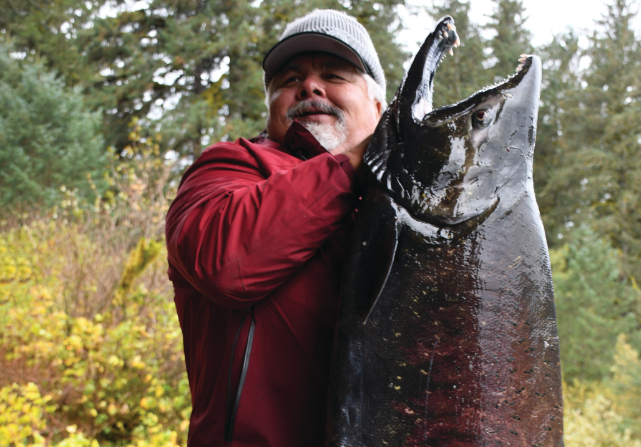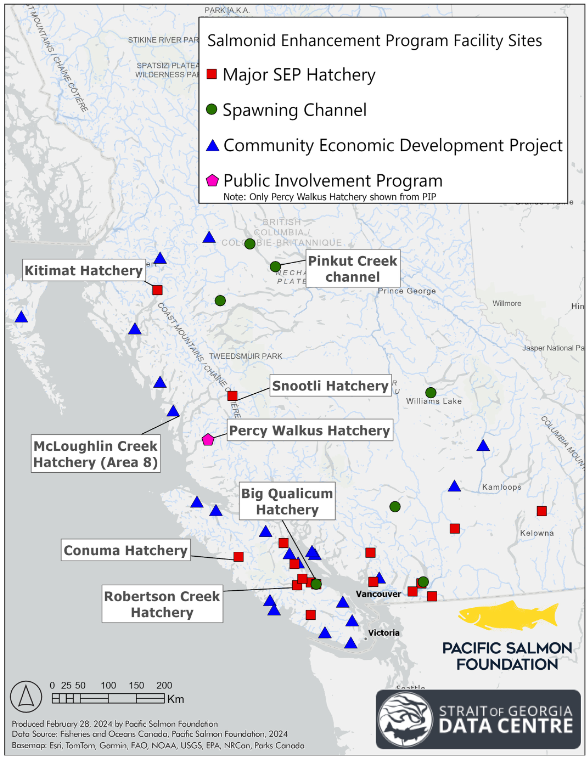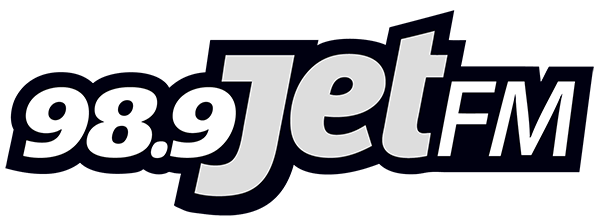After decades in operation there’s still no solid proof BC salmon hatcheries help rebuild wild stocks.
That’s from a series of studies done last year by the Pacific Salmon Foundation (PSF). The review of all 15 was published April 30 by the American Fisheries Society, covering decades of data from 16 hatcheries. It’s the first review of its kind in BC since 1994.
The review was prompted by Chinook salmon returns on the Cowichan River, where natural Chinook were three times more likely to survive than hatchery-raised fish, contrary to what researchers expected.
The review says while there were some examples of positive interactions between hatchery and wild salmon stocks, “most were negative.”
In fact, out of 85 examples, the only two positives were from hatcheries experiments, one which tested vaccinating hatchery fish before release, and another which used a captive breeding program. The rest were negative, or showed no effects at all.
Dr. Brian Riddell, former head of the PSF, was the review’s lead author. He says while hatcheries do boost stocks for fishing, they don’t restore and sustain natural populations.
“Our results indicate that short-term supplementation is seldom successful in restoring and sustaining natural populations,” he said. “But further research is needed to establish whether our results can be directly attributed to interactions between hatchery and wild salmon or other factors such as changing local habitats and environments.”
Researchers pointed out that for many populations data was limited, or non-existent.
The Salmonid Enhancement Program was started in BC in 1977 with a goal to “double commercial catches and sustain fisheries in British Columbia” but has since evolved to have multiple and sometimes conflicting mandates.
Researchers and the Pacific Salmon Foundation have several recommendations to improve the program:
- Integrate a regional management plan for each hatchery.
- Improve data management and reporting capabilities of hatcheries.
- Create clear objectives to assess future hatchery effectiveness.
- Invest in SEP’s Community Involvement Program.
- Establish an Enhancement Science program for the DFO Pacific region, focused on genomics research and monitoring.
The full review and supporting material can be found here.
BELOW: The hatcheries and salmon enhancement facilities studied in the review.







